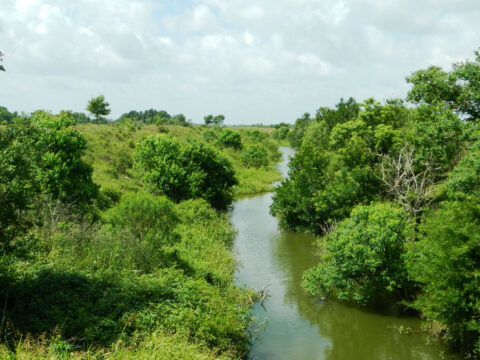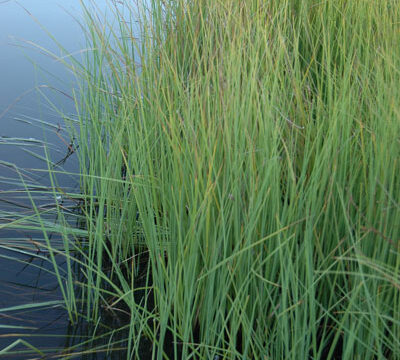
1In 1 playlists
By Peter Dutka
A picture entry test

1In 1 playlists
By OB20
Here I will provide a document that characterizes some of the benefits that riparian zones provide to the environment.

1In 1 playlists
By OB20
Contrarily, coarse and exposed soil means that plants are having and will have a difficult time establishing themselves. This soil may also end up in the water as it is torn away, polluting the stream. Without plants, this will be left unchecked.

1In 1 playlists
By OB20
Here are some ways to identify a healthy riparian zone, like the one pictured:
When there aren't patches of open soil, it indicates the riparian zone's plant life is well-established and healthy. If uncovered, then the soil shouldn't be sandy. The banks of the zone's stream should also avoid erosion, while trees should vary in size and in age.

1In 1 playlists
By OB20
Riparian means that something is related to wetland. This can apply to being on or near riverbanks or other freshwater sources. Because of this, the specific sort of plants found on or adjacent to streams or creeks could be described as "riparian".

1In 1 playlists
By Liz Crocker

By OB16
For more information on OB16’s playlist, view our google document.

By OB16
Here you can view a time lapse of the Bowker Creek reconstruction at Oak Bay High School.
